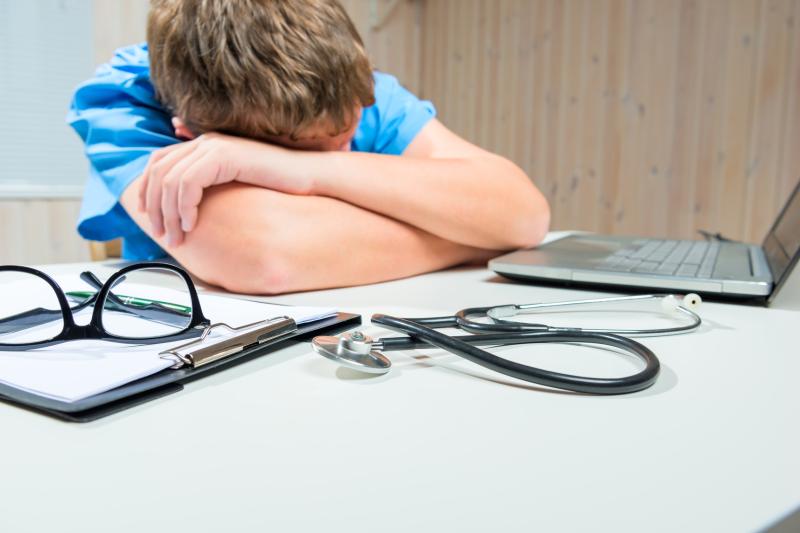 Healthcare professionals: coping with shift work
Healthcare professionals: coping with shift workSleep disorder in nonstandard shift workers appears to contribute to more severe hypogonadal symptoms and lower testosterone levels when compared with daytime workers and nonstandard shift workers without sleep disorder, according to a study.
Researchers looked at 2,571 men presenting to an andrology clinic and completed questionnaires that assessed shift work schedule, risk of shift for sleep disorder (SWSD), and hypogonadal symptoms (quantitative Androgen Deficiency in the Aging Male [qADAM, ADAM]).
A total of 619 men (24.1 percent) worked nonstandard shifts, among whom 196 (31.7 percent) were at high risk of SWSD. These nonstandard shift workers at high vs low risk of SWSD were more likely to have worse hypogonadal symptoms despite being slightly younger and having fewer comorbidities.
Nonstandard shift workers with SWSD had qADAM scores lower by 1.12 points than those of day-time workers (p<0.01). In the group of nonstandard shift workers, those with SWSD had ADAM and qADAM scores lower by 1.77 and 5.47 points, respectively, relative to their counterparts without the sleep disorder (p<0.01)
SWSD also showed an independent association with lower testosterone levels (mean decrease, 100.4 ng/dL; p<0.01).
The present data suggest that poor sleep quality and quantity, as identified by SWSD, may contribute to the more severe hypogonadal symptoms seen in nonstandard shift workers, according to the researchers. Therefore, a more comprehensive screening for poor sleep quality among nonstandard shift workers are needed to improve sleep hygiene.